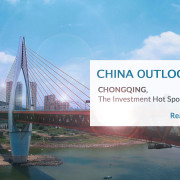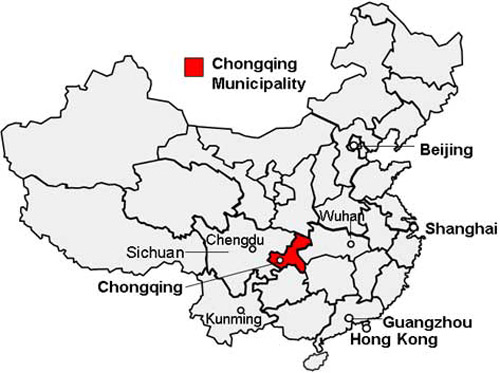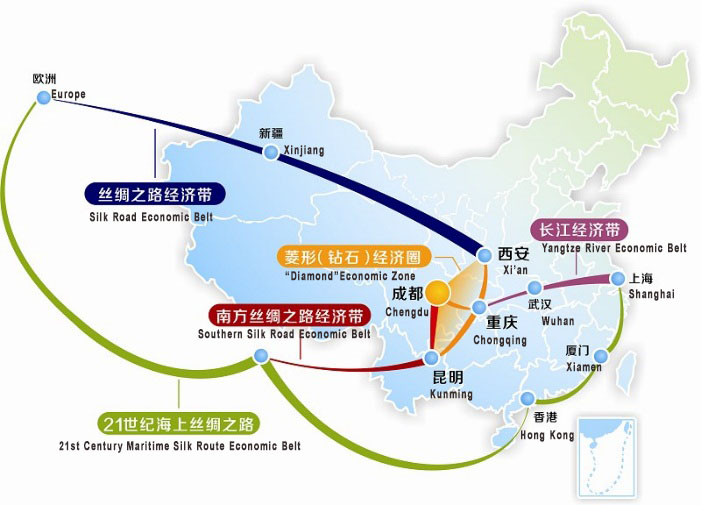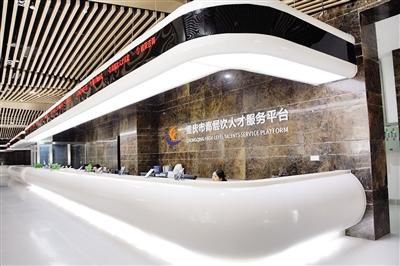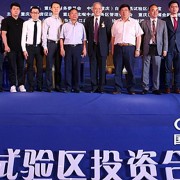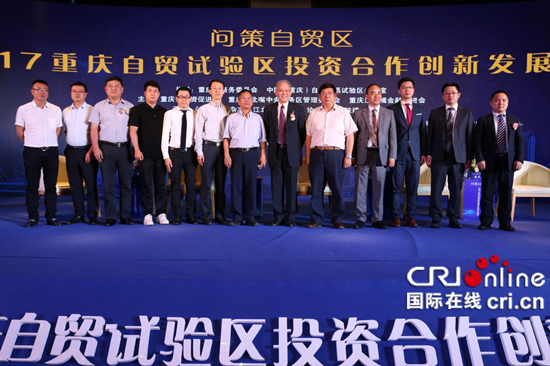Written by TY Chin
Copyright © 2017 WiseNet Asia Pte Ltd. All Rights Reserved
For companies that are looking to increase market size in the same region without high investment costs, Chongqing is gaining popularity with its large market size, gateway positioning, local government incentives, bilateral trade deals and strong local infrastructure development.
Chongqing is around 4 hours of flight from major South East Asia cities. It is a municipality under the direct control of the central government. The other three municipalities are Beijing, Shanghai and Tianjin. In terms of market size, Chongqing is the most populous municipality with over 30 million people. Its gross domestic product is 11% year-on-year, the highest among Chinese cities, provinces and municipalities. In the last few years, it has developed into a high growth engine for the western region inland market.
The 13th Five-Year Plan
The Chengdu-Chongqing region is one of the city clusters identified under China’s 13th Five-Year Plan (2016 – 2020) for economic and social development. Chengdu and Chongqing are the two largest business cities in Southwest China. This city cluster consists of 11 cities and over 40 million residents. The five year plan also includes the mandate to accelerate the development of the Wuhan and Chongqing shipping centers in the middle and upper reaches of the Yangtze.
City cluster is an urbanization growth strategy. It is a clustered geospatial layout driven by principal cities, and supported by small and medium cities linked by commuting corridors. By leveraging on the advantages of a combined cluster, economies of scale are created together with job opportunities. For ease of doing business, operating from city clusters enable companies to serve a larger market from a smaller location with lower operational cost.
Belt and Road Initiative (BRI)
Chongqing is a key inland transportation hub for the Belt and Road Initiative. The Belt and Road Initiative is China’s globalization project introduced by President Xi in 2013. It encompasses more than 60 countries, 4.4 billion people and up to 40% of the global GDP. The routes consist of the “21st Century Maritime Silk Road” and the “Silk Road Economic Belt”. The Belt is a land route from China’s western region through Central Asia, extending up to North of Europe. The Road consists of shipping lanes from Western Asia, through South East Asia, Africa and Europe.
Geographical Advantages
Chongqing is situated on the upper reaches of the Yangtze River, the longest river in Asia. Its location in the Yangtze River economic belt is intersectional with the transcontinental sea and land routes of the Belt and Road Initiative. This geographical advantage has made Chongqing a major hub in Eurasian logistics and connectivity, where much of the Belt and Road actions are happening.
The China-Singapore (Chongqing) Demonstration Initiatives on Strategic Connectivity (CCI), the third government-to-government project between Singapore and China, is a major South East Asia trade deal and part of the bigger Belt and Road Initiative. From its inception in Nov 2015 until end of 2016, a total of US$3.22 billion financing deals have been signed. The major areas of collaboration are financial services, aviation, transport & logistics, and information & communications technology.
Chongqing is an air gateway to the world with the seventh largest airport of China. For local transportation, the road and rail networks enable travelling time of 4 hours to the counties belonging to Chongqing, and 8 hours to the cities around Chongqing. Chongqing is connected to Southeast Asia through a highway that connects to the port city of Qinzhou in southern Guangxi.
Chongqing Logistics City (Chongqing Western Logistics Park) aims to connect Chonqing to Asia Pacific and Europe. It is a RMB 111.7 billion investment with 4 international routes and 5 domestic routes. From it’s rail terminal, the Chongqing-Xinjiang-Europe (Yuxinou International Railway) is a 11,179 km rail route stretching from Chongqing to Duisburg, Germany. It takes an average of 14 days to reach Duisburg from Chongqing, compared to the 36-day container sea transport time. On May 2017, an extension to the Chongqing-Xinjiang-Europe route, the Chongqing-Guangxi-Singapore express was launched. The Chongqing-Guangxi-Singapore connects inland China with coastal areas in Guangdong and Guangxi, and Southeast Asia, Australia, New Zealand, Middle East and Africa by means of combined railway and sea transport. In the same year, a free trade zone has commenced operations in the Logistics City. With its favourable business policies and free trade status, the free trade zone aims to be a main hub of Belt and Road activities.
Chongqing Industry Park of Human Resources Services
Recognizing talents as a key driver to growth, the Chongqing’s Industry Park of Human Resources Services is a RMB 20 billion, 158 acres industrial park that aims to be the centre of human resources solution for the western region. The industry park will be the base of human resources companies that provide talent recruitment, learning and development, expatriates work permit services and other HR services. The park’s operating model is an internet platform that provides for various talents solutions in Chongqing. The City Council is also in the same location, providing the public services of overseeing workers’ social security, facilitating employment and entrepreneurship, providing vocational training and so on. Being in close proximity enables closer working ties between the State authority and private HR companies.
In 2013, the city has a total of 265 human resources service agencies, employing 8819 people, with a turnover of RMB 10.4 billion. In a short period of 3 years, as of the end of 2016, the number of human resources agencies has grown to 1042 in total, employing 20373 people, with turnover of RMB 22.54 billion. The strong growth in the HR industry reflects economic growth that is set to continue with ongoing push factors.
Final Thoughts
For the year 2016, China’s GDP grew 6.7%, the slowest in 26 years. On the contrary, Chongqing continue to be the fastest growing major city with year on year growth of more than 10%.
Chongqing’s economic growth engine is running strong, propelled by government policies, bilateral trade deals and geographical advantages. In particular, it’s bilateral trade deals have given favourable trade position for companies in South East Asia.
This article was last edited on 22nd August 2017.
Sources:
The 13th five-year plan for economic and social development of the People’s Republic of China.
En.wikipedia.org. (2017). Chongqing.
En.wmlip.com. (2017). Welcome to Chongqing Western Logistics Park.
Cq.xinhuanet.com. (2017). 西部第一家!重庆有个辐射全国的”人才聚宝盆”.
Click to view more Belt Road Initiative News

